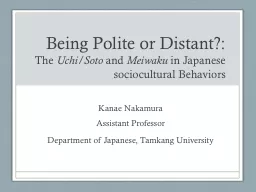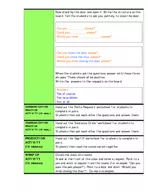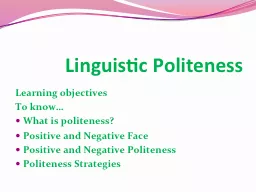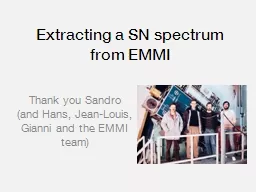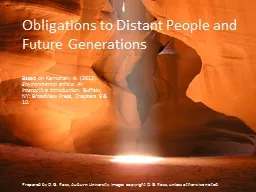PPT-Being Polite or Distant?:
Author : kittie-lecroy | Published Date : 2016-08-09
The Uchi Soto and Meiwaku in Japanese sociocultural Behaviors Kanae Nakamura Assistant Professor Department of Japanese Tamkang University About the speaker
Presentation Embed Code
Download Presentation
Download Presentation The PPT/PDF document "Being Polite or Distant?:" is the property of its rightful owner. Permission is granted to download and print the materials on this website for personal, non-commercial use only, and to display it on your personal computer provided you do not modify the materials and that you retain all copyright notices contained in the materials. By downloading content from our website, you accept the terms of this agreement.
Being Polite or Distant?:: Transcript
Download Rules Of Document
"Being Polite or Distant?:"The content belongs to its owner. You may download and print it for personal use, without modification, and keep all copyright notices. By downloading, you agree to these terms.
Related Documents

